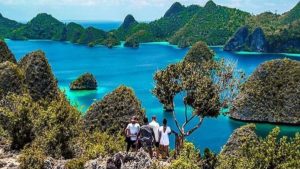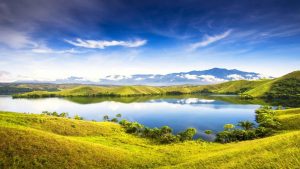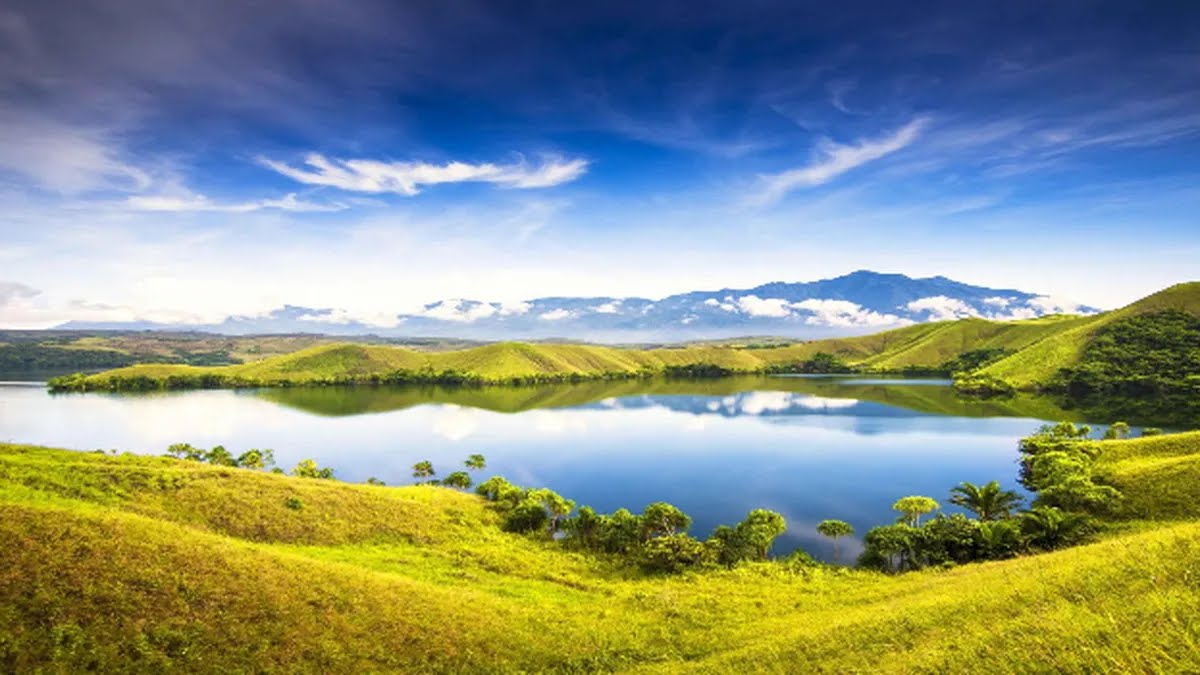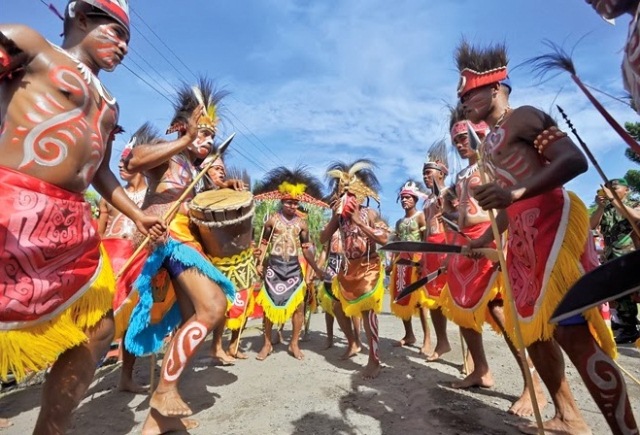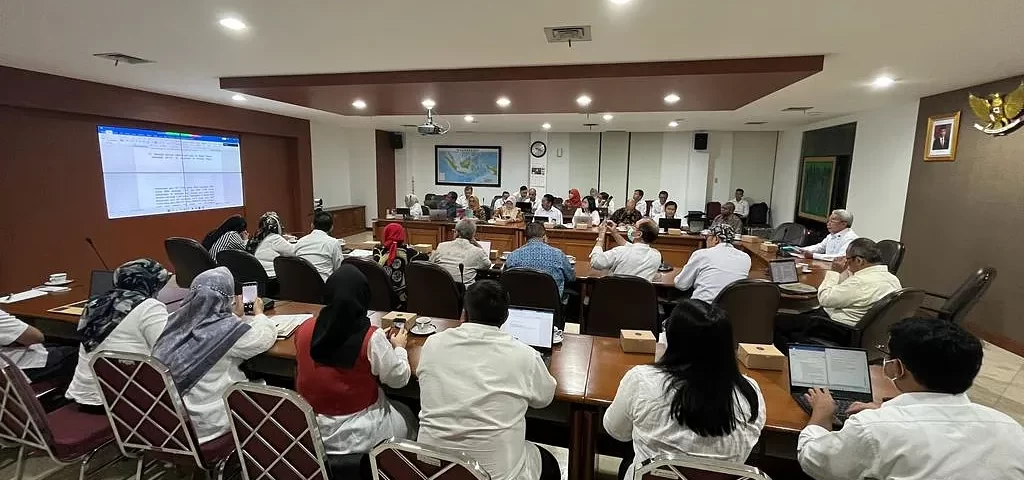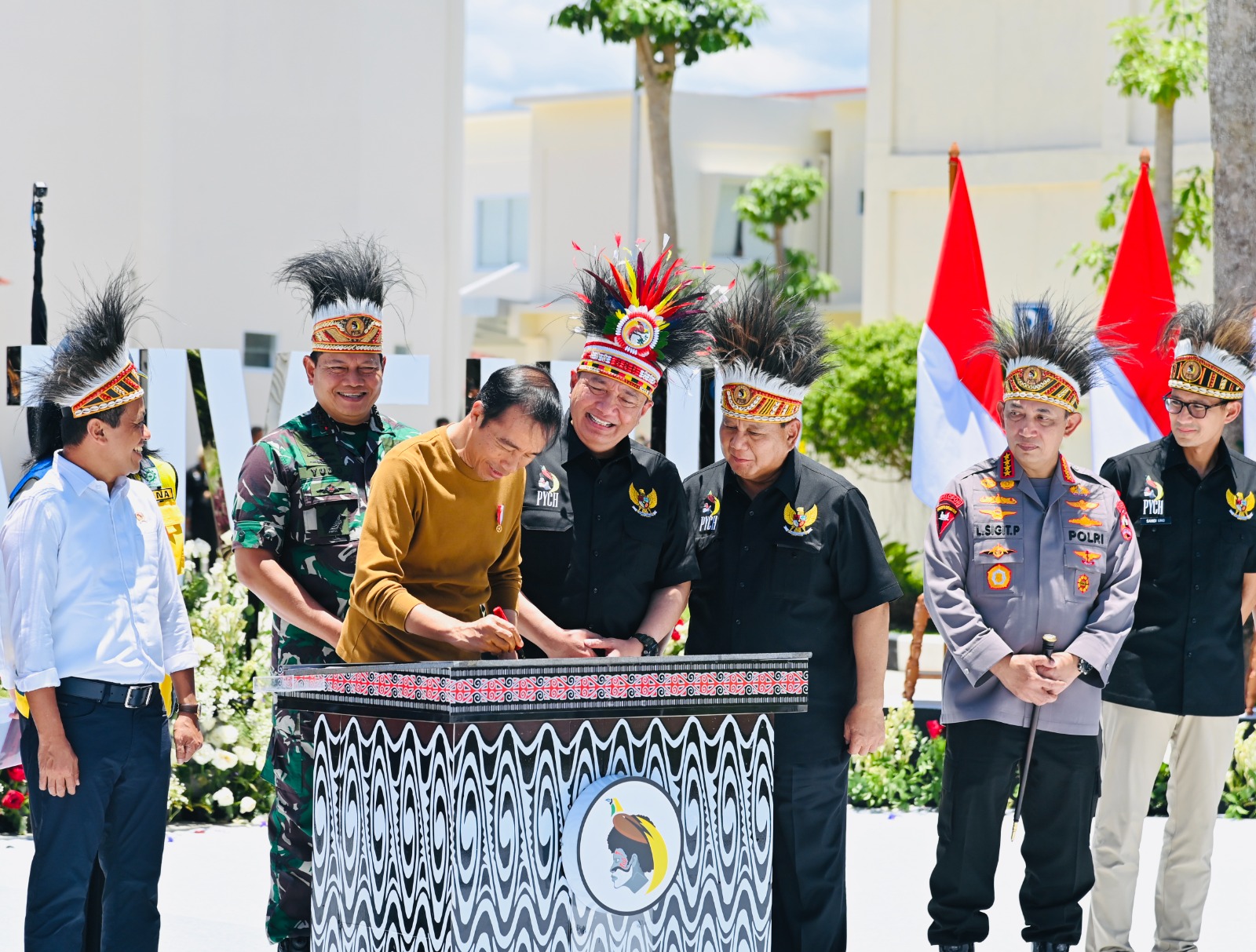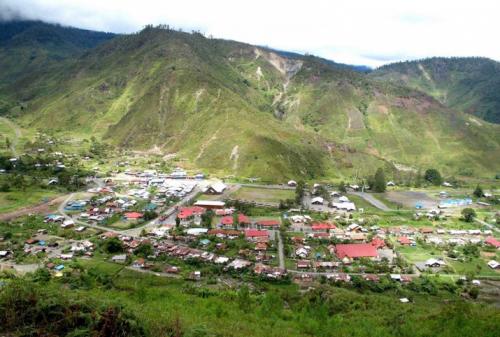
Head of the West Papua Province Regional Development Research Agency (Balitbangda) Prof Dr Charlie D Heatubun and the University of Papua joined together with experts from 19 countries for the first time to summarize data and create a list of all plant species on Papua Island, then declared its plant diversity to be the highest in the world.
“Experts found that the largest tropical island in the world has 16 percent more plant diversity than Madagascar as a Center for Biodiversity, with more than 13,000 species,” said Head of the Regional Development Research Agency, Prof. Dr. Charlie D Heatubun.
Scientists hope that this latest data will help accelerate research on plant diversity, as basic information for policies and planning for the preservation and conservation of natural resources as well as supporting sustainable development policies in the Land of Papua, especially in West Papua Province.
Preservation and conservation of natural resources and supporting sustainable development policies in the Land of Papua, especially in West Papua Province.
The combined work of 99 botanists from 56 institutions in 19 countries, it was the first major attempt to document plant diversity on a broad scale.
The authors are from various institutions including the West Papua Province Regional Research and Development Agency and the Faculty of Forestry, University of Papua, Royal Botanic Gardens Kew, Natural History Museum, Royal Botanic Gardens Edinburgh,
The University of Technology Papua New Guinea and others discovered 13,634 plant species from 1742 genera and 264 families, positioning Papua Island as the island with the richest plant diversity in the world.
He acknowledged that this data shows that Papua has more than Madagascar, which is known as a center of biodiversity (16 percent), which is recorded as having 11,488 species.
From this data, scientists found that 68 percent (9,301) of the plant species were endemic to Papua Island, meaning that more than two-thirds of these plants were not found anywhere else.
This makes Papua Island the only archipelago in Southeast Asia that has endemic species rather than non-endemic ones and is unrivaled in Tropical Asia.
From this uniqueness, scientists believe, based on its wider land area and diversity of habitats, its location is characterized by being a crossroads between Southeast Asia, Australia and the Pacific, and has one of the most complex tectonic histories in the world.
Professor Charlie D. Heatubun, Head of the Regional Research and Development Agency for West Papua Province and also Professor of Forest Botany at the Faculty of Forestry, University of Papua Manokwari, who was involved in this research, said that Papua Island has attracted the attention of naturalists for centuries.
It is home to the most preserved ecosystem on the planet. From mangrove forests, vast expanses of lowland forest to Alpine grasslands that are unmatched anywhere else in the Asia-Pacific region.
Botanists have identified and named plant collections in Papua since the 17th century, and have kept samples of plant collections in the form of herbaria in Papua New Guinea, Indonesia, the Netherlands, England. However, despite important progress in recent decades in resolving the taxonomy of many plants of New Guinea, publications are scattered, as most botanists continue to work independently of each other. Because there is no concerted effort to combine data on every plant in this area, definitive data has not been found regarding the number of plant species on Papua Island.
Author: JS
Travel Vlogger, Journalist,




